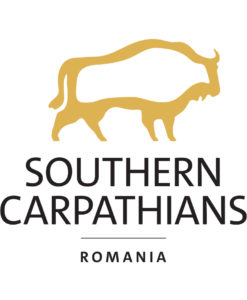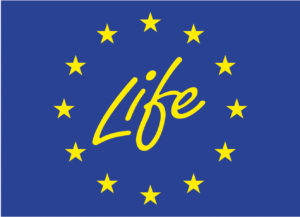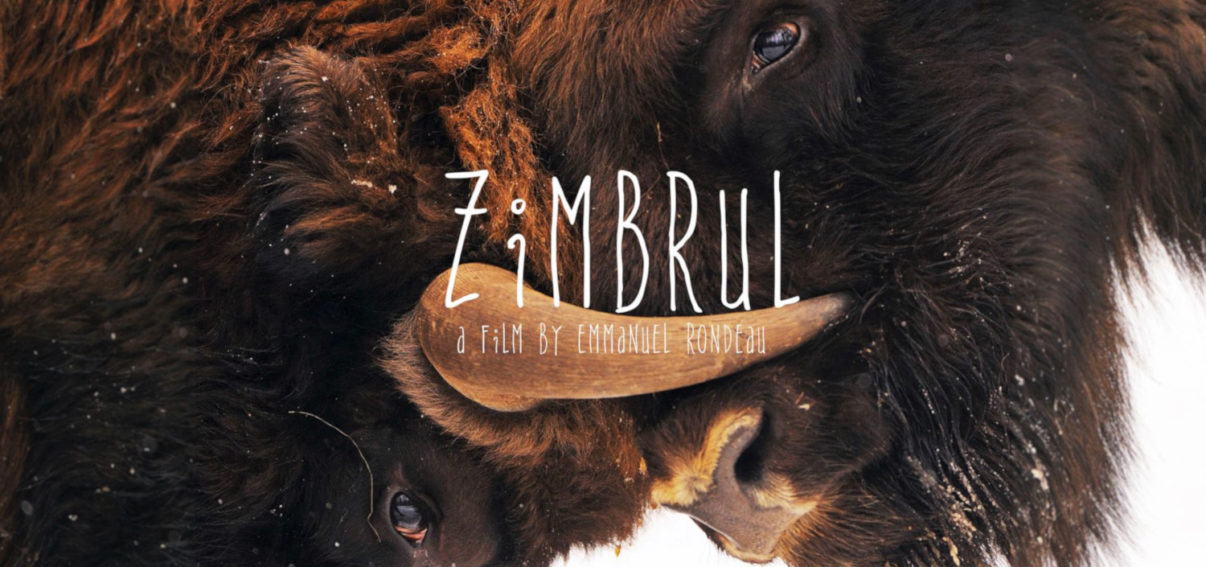Rewilding Europe and WWF Romania have been reintroducing bison in the Southern Carpathians of Romania since 2014. Shot by French filmmaker Emmanuel Rondeau, “Zimbrul” is an intimate snapshot of people’s feelings about the return of this iconic species.
 A story of acceptance
A story of acceptance
A beautiful new documentary has just been released showing the reintroduction of the European bison through the eyes of the local people in the community of Armeniș in the Southern Carpathians of Romania. Entitled “Zimbrul” (Romanian for “bison”), the nine-minute film was shot by award-winning French filmmaker and photographer Emmanuel Rondeau of White Fox Pictures.
The European bison disappeared from Romania around 200 years ago, mainly due to hunting and habitat loss. Since 2014, Rewilding Europe and WWF Romania – who co-commissioned Zimbrul – have been working together in the Southern Carpathians rewilding area to reintroduce this iconic species. Portraying the acceptance of bison by people in the area, and their changing perceptions of wild nature, the film demonstrates why the positive involvement of local communities is so critical to the success of rewilding efforts.
Return of a legend
Zimbrul features numerous one-to-one conversations with residents and people working in the rewilding area, including the former mayor of Armeniș (who approved the reintroduction programme) and a bison ranger. For Emmanuel Rondeau, the aim of the film was to document the return of the bison into these people’s lives in an intimate and authentic way.
“I didn’t want to promote anything with pre-conceived ideas,” says the French filmmaker. “I wanted to depict emotions and try to make people say what they had in their mind. Zimbrul is about diving into the reality of an incredible event – the comeback of a legendary species – and how people feel about it.”
Promoting coexistence
Rewilding Europe’s goal is to develop and support coexistence models, where people can benefit from wildlife comeback, boosting pride in and support for local rewilding measures. In the Southern Carpathians, our goal is to use wild nature – with a particular focus on the reintroduced bison – as an engine for developing the region. Today such development involves nature-based tourism, community-based and educational initiatives, scientific research and technological innovation.
When it comes to reintroducing animals as hefty as bison, maintaining a harmonious level of coexistence can sometimes be a challenge. One lady featured in Zimbrul recounts the story of a hungry bison entering her garden and feasting off her vegetables.
“We have experienced problems with bison coming down to the valleys and villages in winter, causing problems,” admits Florin Hălăștăuan, a project officer attached to the Rewilding Southern Carpathians team. “From an economic perspective the impact is small, but for local people it is still significant. Our bison rangers, who are also members of the community, work hard to make sure these problems are avoided.”
Another challenge is to ensure that local people not only coexist with the bison, but benefit from their return. In 2018, 350 people took guided bison safaris in the Southern Carpathians rewilding area through the European Safari Company – a unique experience in Europe.
“Such tourism brings invaluable jobs and income to local people,” says Hălăștăuan. “The reintroduced bison are a big drawcard, which means the rewilding area is gradually becoming a destination. This is really important for the animals’ acceptance.”
Making the connection
In the end, what really shines through in Zimbrul is the way in which the reintroduced bison have touched so many people’s lives.
“For me, the best moments during shooting were meeting people in the rewilding area and feeling their strong connection with the environment,” says Rondeau. “This is something that you don’t see very often.
“Zimbrul shows that in life, not everything is black or white,” he continues. “Some people will always be passionate about nature. But I think the most interesting thing is that the return of the bison triggered something in people who’d never cared about nature before. In many communities, the comeback of these animals has placed nature back in the centre of the discussion.”
This video was produced with the contribution of the LIFE Programme of the European Union.
Want to know / experience more?
- Support the return of the bison
- Rewilding work in the Southern Carpathians area
- Learn more about the LIFE Bison project
- Track reintroduced bison in the Southern Carpathians with the European Safari Company
- Facebook page Rewilding Southern Carpathians


